The Royal Albert Hall: A 19th-century marvel that 'has lost none of its power to amaze'
This week, the Royal Albert Hall celebrates its 150th anniversary. With photographs taken during the unnatural quiet of lockdown, John Goodall looks at the remarkable story behind the creation of this world-famous venue. Photographs by Will Pryce.
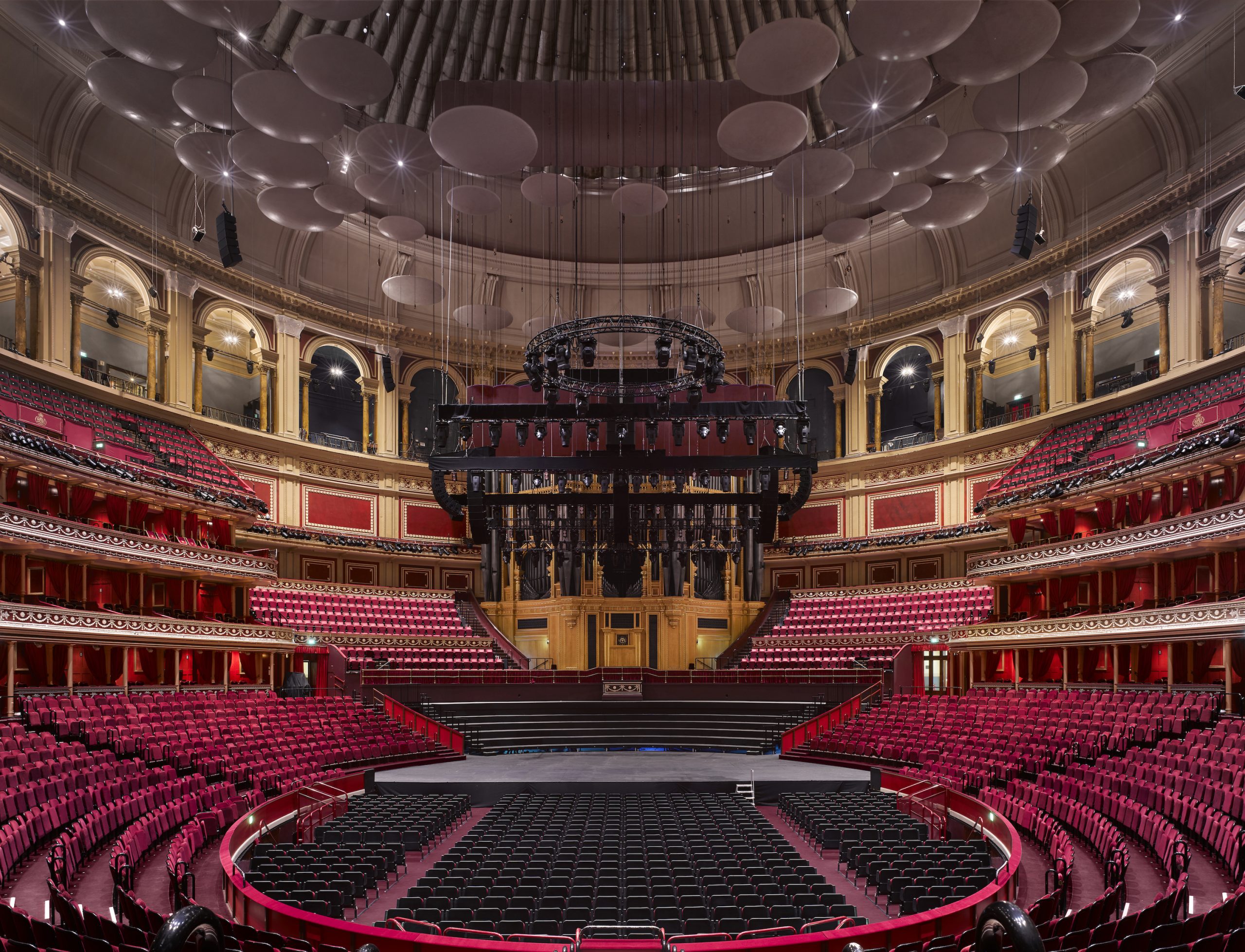

At noon on Wednesday, March 29, 1871, Queen Victoria set off in a royal cavalcade of nine closed carriages from Buckingham Palace for the official opening of the Royal Albert Hall of Arts and Sciences in South Kensington.
Undeterred by a biting wind, large crowds assembled to line the route and an audience of nearly 8,000 people gathered in the building itself. A report in The Times marvelled at the ease and speed with which this glittering assembly took their seats in what was then one of the largest roofed interiors in Europe.
Moments before the formal proceedings began, everyone present in this great amphitheatre, including 900 singers and 200 instrumentalists, stilled themselves to allow a photographer with a stereoscopic camera to record the scene.
As the Queen entered the hall, the audience rose to their feet. She wrote in her journal that the ‘intensely crowded’ space ‘made me feel quite giddy’. In a short speech of welcome by the Prince of Wales — rendered awkward by the echoing acoustics, a problem that dogged the interior until the installation of 135 suspended fibre-glass diffusers in 1969 (now reduced to 85) — the hall was described as having been built without government money and in fulfilment of the ‘long-cherished design’ of his late father, the Prince Consort, Albert (after whom, of course, it was named) ‘for the encouragement of the Arts and Sciences’.
A few minutes later, the Prince pronounced the hall open. There was general jubilation, a royal salute was fired in Hyde Park and the National Anthem was sung. The Queen then moved to the royal box, set slightly off-centre for the best sound, for the performance of a cantata composed for the day by Sir Michael Costa. That finished, she withdrew, to further acclaim. By report, when the concert resumed, the audience paid little attention.
Over the 150 years that have passed since this opening, the Royal Albert Hall has established itself as one of the most important public venues in Britain, instantly recognisable as a backdrop to everything from the BBC Proms to comedy shows and from sporting events to theatre.
Its busy life has been all but suspended by the pandemic, yet, in this strange silence, there is a chance to consider this building as a work of architecture and to revisit the surprising story of its genesis.
Sign up for the Country Life Newsletter
Exquisite houses, the beauty of Nature, and how to get the most from your life, straight to your inbox.
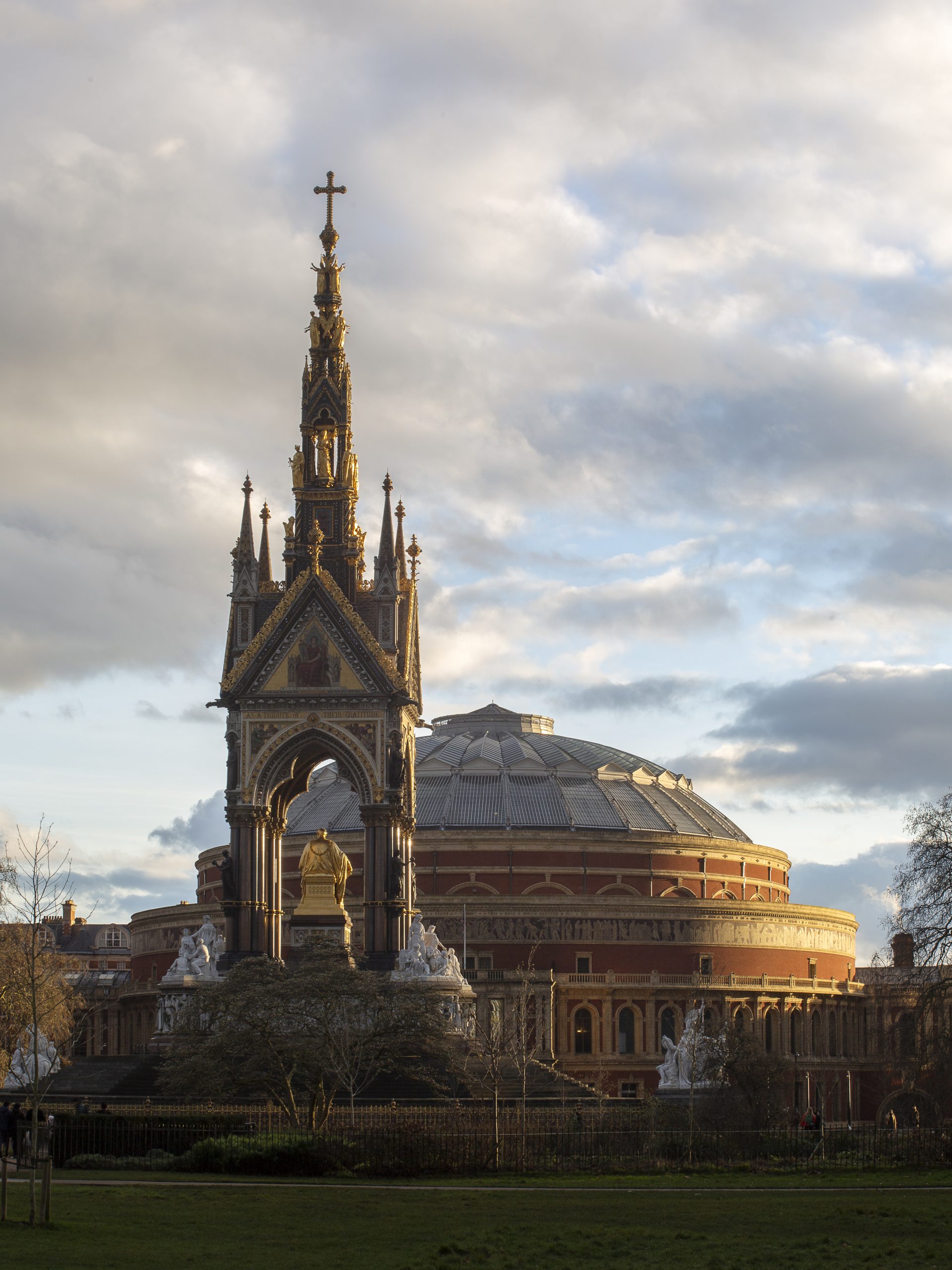
In her journal of 1871, the Queen confided that the opening of the hall was the largest public engagement she had attended since the death of her beloved Prince Albert a decade earlier. What she omits to add is that the opening had actually been moved forwards at her command from its original intended date — May 1, 1871 — intensifying the difficulty of finishing the building in time.
Why the date was changed is not clear, but May 1 was the 20th anniversary of the opening of the Great Exhibition of 1851, also the brainchild of the Prince Consort. As everybody present at the opening understood, it was to this undertaking that the Royal Albert Hall owed its existence and in response to which its dual intended purposes — the ‘advancement of the Arts and Sciences’ trumpeted on the inscription that encircles the exterior of the building — were derived.
The Great Exhibition was one of the defining events of Victoria’s reign and, when it closed, the great glass and iron structure created to house it was famously moved to Sydenham as Crystal Palace. In the meantime, at the suggestion of Prince Albert, the huge profit of £186,436 was used to purchase the South Kensington estate. The intention was to develop the area as a lasting legacy of the exhibition; what would later become known as ‘Albertopolis’.
As described by Marcus Binney (COUNTRY LIFE, March 25, 1971) and The Survey of London, vol 38 (1975), the future Royal Albert Hall was one product of this initiative. The idea of building a music hall on the estate was first proposed in 1853, but, two years later, Prince Albert suggested something more ambitious: a music hall within an enclosing quadrangle of shops and flats inspired by the Palais Royale. He also directed that his exiled compatriot, Gottfried Semper, the architect of the Dresden opera house, design it.
Nothing ultimately came of this proposal, but it clearly informed a prospectus drawn up by civil servant Henry Cole in 1858 to erect ‘a public hall of much larger size than any existing in this country’. It was to be 600ft long, 300ft wide, 200ft high and capable of holding up to 30,000 people.
‘King’ Cole, as some described him, had been a leading figure in the 1851 exhibition and became the impresario of Prince Albert’s vision for South Kensington. His role as secretary to the Science and Art Department allowed him to maintain a circle of artists and Royal Engineers who would play an important role in the creation of the Albert Hall.
Cole’s 1858 prospectus goes on to indicate the particular purpose of the hall as a venue for massed choral singing. This was an entertainment made popular by Handel festivals in British churches from 1787, but one taken to completely new lengths in the vast interior of Crystal Palace.
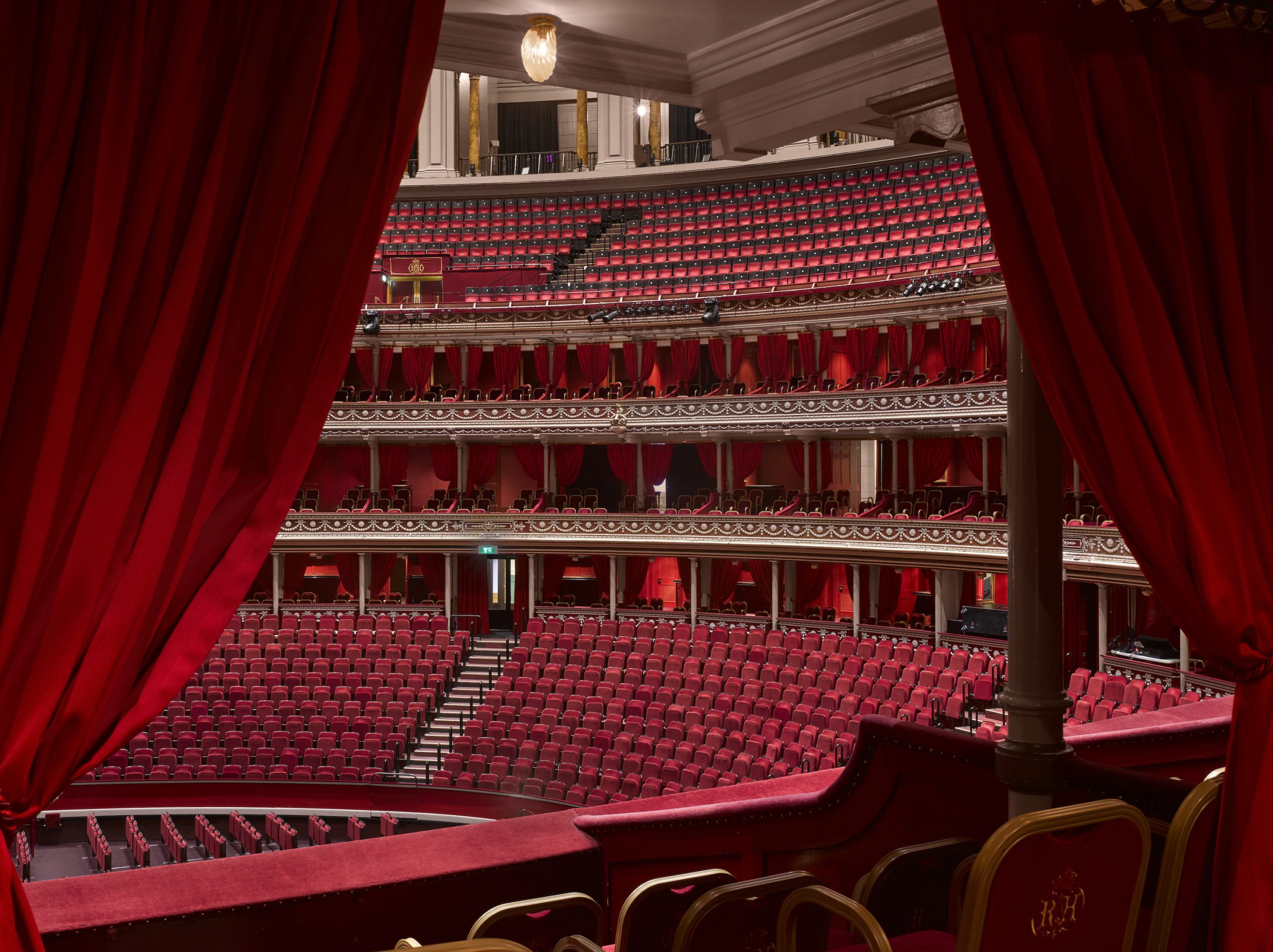
He suggested, too, that the interior would serve for large concerts (the scale of the interior would make cheap tickets possible), as well as ‘flower and other shows’. Finally, he proposed that the building be used as the ceremonial hall for the sequel to the Great Exhibition, planned for 1861 (albeit actually held the following year).
Cole’s proposal went far beyond the available resources and was abandoned. The death of Prince Albert in December 1861, however, indirectly contrived to revive it once more.
Eminent architects were assembled to determine the form of an appropriate memorial to the Prince Consort and, on June 5, 1862, they recommended both a personal monument and a ‘spacious hall… as a place for general art meetings, or for such assemblies as are about to take place in London in connexion with social science and its kindred pursuits’.
This, they posited, would respond to ‘the frequently expressed wishes of the Prince’ to create a venue for learned exchange, as well as artistic and scientific endeavour. The Queen concurred and set in train a competition for both structures that was won by George Gilbert Scott. Confusingly, only his Albert Memorial was eventually completed, in 1876.
Scott’s proposed hall was modelled on St Sophia in Constantinople and occupied a relatively small plan of about 150ft by 80ft (as was specified by the terms of the competition). It also failed to attract financial support. In 1863, therefore, Cole revived his own proposals for a much larger performance space under the guise of the memorial hall.
The form of his building was inspired by the Roman amphitheatres of Nimes and Arles (as well as perhaps by one of the competition designs submitted by the architect M. D. Wyatt), with a central arena encircled by tiers of boxes. The sides of the building were originally intended to be straight.
Cole’s favoured designer in his department, the Royal Engineer Capt Frederick Fowke, developed the plans, which diminished steadily in scale in response to financial constraints. Fowke was a formative figure in the development of South Kensington, with a national output of buildings rivalling that of major contemporary architects. He was an inventive designer, interested in gas lighting and the creator of a bellows camera. The architectural profession impotently derided his lack of qualifications to design buildings.
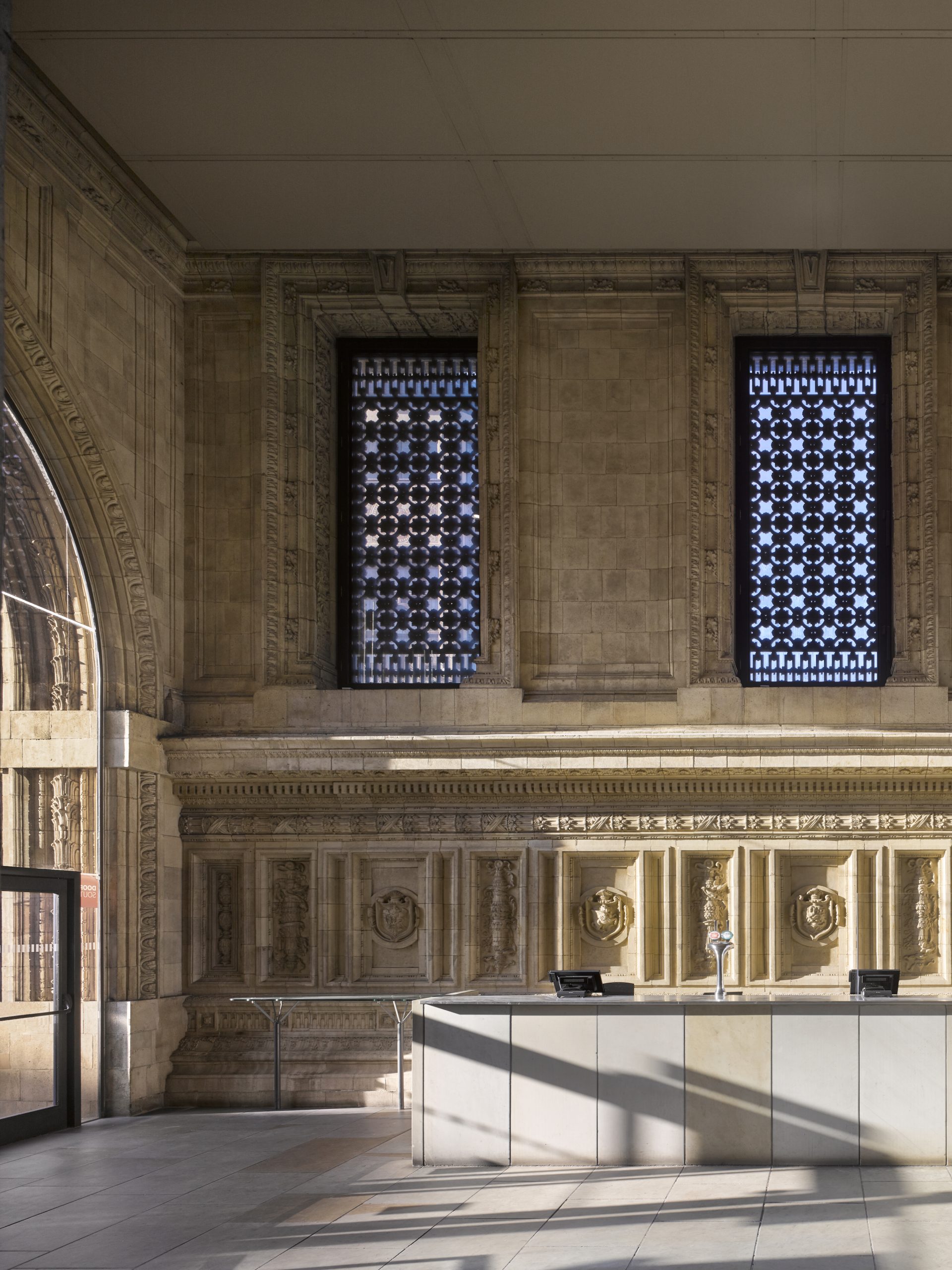
Fowke died in December 1865, soon after the plans for the new hall had been approved, and was replaced by another Royal Engineer in Cole’s department, Capt Henry Scott. The design of this Roman-inspired building was now further adapted, with changes to the plan aimed to improve the acoustics and the creation of an upper balcony level. The final internal dimensions of the main interior are 219ft long and 185ft wide.
To help raise the £200,000 necessary, the buccaneering Cole proposed selling the boxes as freehold. His determination was simply to get on with the work and the foundation stone was laid by Queen Victoria on May 20, 1867.
Revisions continued to be made to the design as the building went up, largely to keep the work within its tight budget. The exterior was simplified during the process of construction and the ceiling of the auditorium, which Fowkes had envisaged as rising to a flat plaster surface, was completely redesigned as an ambitious glass dome on an iron frame. In conceiving and building this, Scott looked to recent railway-station projects in London, including Cannon Street and St Pancras.
The internal decoration of the building also involved artists from within Cole’s department, notably Reuben Townroe and James Gamble. The former stencilled both the glass of the dome and the great calico awning that was hung beneath it to avoid overheating (this was adapted to improve the acoustics, but was not added for this purpose).
Commanding the interior then and now is the Henry Willis organ, built in 14 months at the stupendous cost of nearly £8,000 and properly completed after the 1871 opening. Since its most recent restoration in 2004, it possesses 9,999 pipes.
The building was fire-proofed with concrete floors and externally faced with red bricks from Fareham pointed with dark-grey mortar. Scott proudly described the finish as ‘metallic looking and… for beauty of tint unsurpassed by any bricks in the kingdom’. The architectural detailing was largely created using terracotta manufactured in the Glascote Works at Tamworth, Staffordshire.
Most striking of all is the 800ft-long mosaic frieze that encircles the building. It was divided into sections of about 50ft, each of which became a distinct commission for one of seven artists.
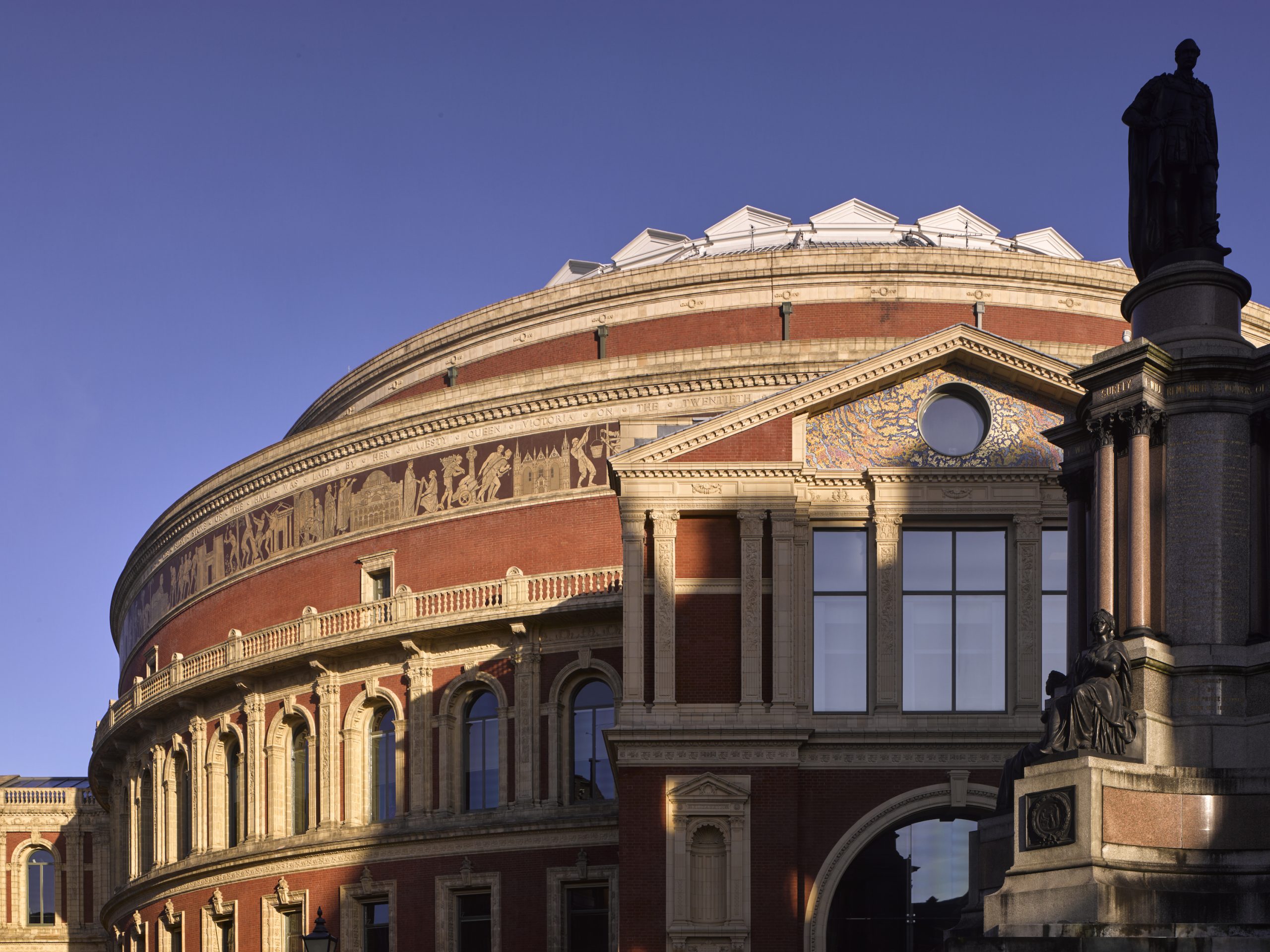
The imagery shows the world bringing offerings to the exhibition of 1851, as well as celebrations of the Arts, science, philosophy, study, architecture, agriculture, astronomy, navigation and engineering.
The designs of each section of the frieze were photographed by another Royal Engineer, Benjamin Spackman, and scaled up by projection. The actual panels of terracotta tesserae were then fabricated from tracings by women in the South Kensington Museum’s mosaic class.
The whole thing was created for the relatively modest sum of £4,426. Over the imagery is the inscription that begins: ‘This hall was erected for the advancement of the Arts and Sciences and works of industry of all nations in fulfilment of the intention of Albert Prince Consort.’
It is the paradox of the Royal Albert Hall that, although this great building has never really answered these founding purposes, it has nevertheless been a triumphant success. Now, 150 years on, it continues as a self-funded venue to accommodate an astonishing scale and diversity of events.
In doing so, the hall has worked very hard indeed, but with remarkably few changes. Gas lighting was replaced by electricity in 1879 and the glazed inner dome was rebuilt in aluminium in 1949 by the architect H. R. Steele.
More recent alterations include the creation of a subterranean loading bay and the construction of a south porch during the last major redevelopment of 1998–2004.
The great central amphitheatre has lost none of its power to amaze. It will be a happy day — hopefully very soon now — when life properly returns to this astonishing space.
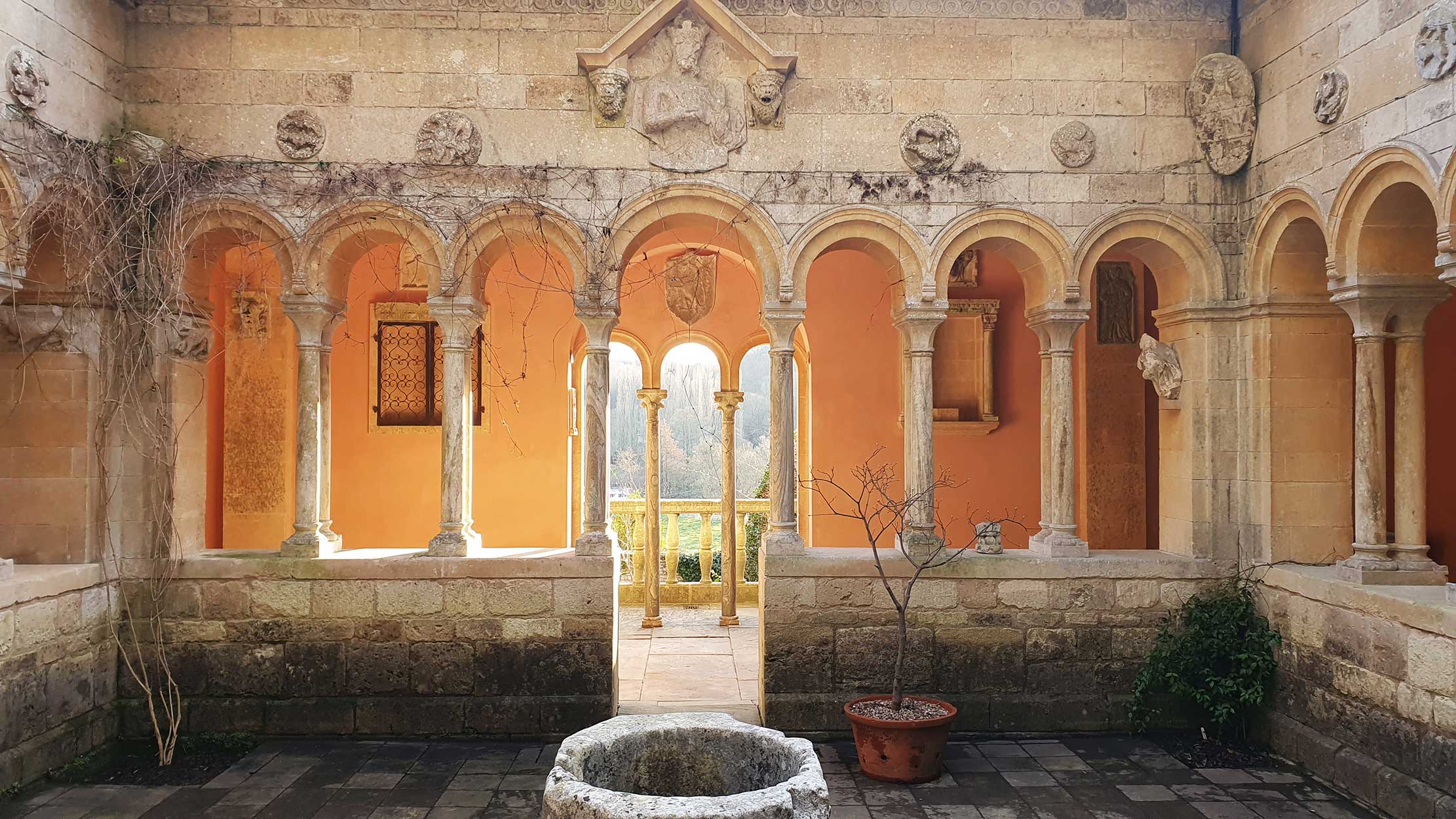
The stone-by-stone project to rescue the cloisters at Iford Manor: 'We've saved it from collapse'
One of Wiltshire's prettiest houses, Iford Manor, has been recognised by Historic Houses for its fabulous restoration of the medieval-style

John spent his childhood in Kenya, Germany, India and Yorkshire before joining Country Life in 2007, via the University of Durham. Known for his irrepressible love of castles and the Frozen soundtrack, and a laugh that lights up the lives of those around him, John also moonlights as a walking encyclopedia and is the author of several books.
-
 Designer's Room: A solid oak French kitchen that's been cleverly engineered to last
Designer's Room: A solid oak French kitchen that's been cleverly engineered to lastKitchen and joinery specialist Artichoke had several clever tricks to deal with the fact that natural wood expands and contracts.
By Amelia Thorpe
-
 Chocolate eggs, bunnies and the Resurrection: Country Life Quiz of the Day, April 18, 2025
Chocolate eggs, bunnies and the Resurrection: Country Life Quiz of the Day, April 18, 2025Friday's quiz is an Easter special.
By James Fisher